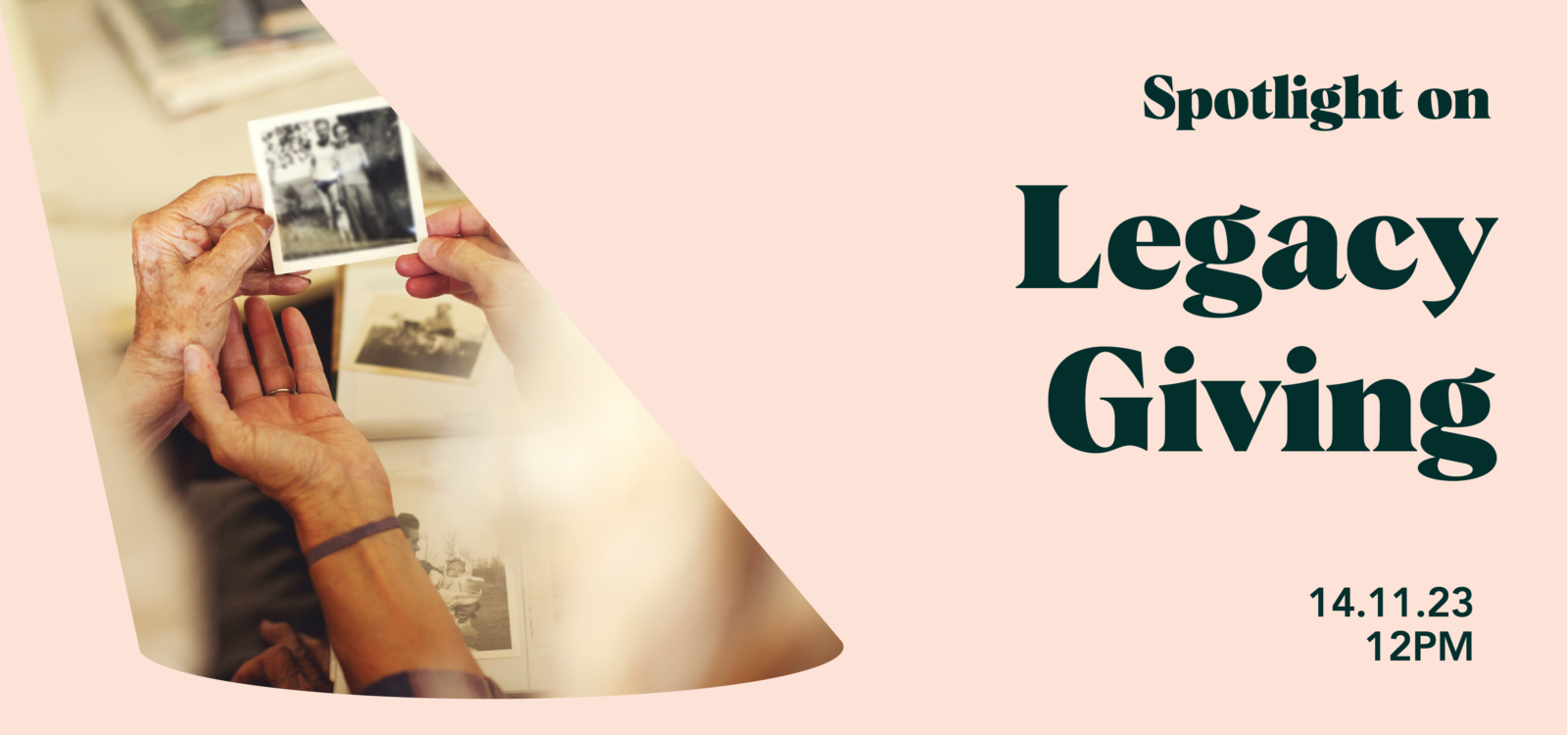
Spotlight on: Legacy Giving
The legacy market is booming, with a 12% increase in legacy income just this year, and it’s not stopping there. More and more charities are entering the legacy market, and legacy media spending is rising in an ever-competitive market.
Here are four ways to shift your legacy programme to thrive in a competitive market:
New Audience
Consider Gen X; they are a generation of prospective legacy givers. There are 13m Gen X (in comparison to 14m boomers), so it’s a huge market and important pipeline for legacy giving as by 2050, Gen X will account for a third of deaths.*
However, Gen X is very different from Boomers. There are lots of external factors causing this, but overall they are a more diverse cohort. They are feeling the economic squeeze more acutely and are more likely to have kids who will depend on them for longer due to the economy. They are less likely to future plan as the thought of retiring feels like a long way away, and are also less likely to have made a will – only 31% have written one, and only 6% are charitable. So we should start demystifying the will-making process, building awareness of legacies to warm them up whilst recognising that they are more diverse, and tailoring our communications accordingly.
New Approach
With the new audience in mind, it’s important to consider how to approach legacy creative with the audience at heart. Given the small number of legacy gifts in wills currently, let’s change the nation’s behaviour, educate people on legacy giving and help them overcome the barriers to becoming a legacy giver.
The shift:
Shift your creative approach from cause-centric – why your charity is so important to give to?
To audience-centric – what will motivate them to leave a gift, what’s in it for them?
Our latest work with Marie Curie is an excellent example of this as it engages audiences by addressing the taboo subjects of end-of-life planning and Will writing.
New Tactics
Are your asks contextually relevant? It is well known that people often add a gift in their will around key life events, so to maximise impact, how can you make ads that specifically reach people at the right stages in their lives?
The shift:
From focusing on behavioural relevance – targeted marketing messages based on behaviour online.
To contextual relevance – relevant ads placed strategically and in relevant places to capture legacy prospects in those key life stages.
Research has found that people over 55 are more likely to feel violated by behavioural ads, which further makes the case for shifting to contextual relevance.
New Role
Like brand building, legacy consideration happens over a long period. Having a mix of long-term brand-building ads and direct response ads will ensure your audience is constantly aware of legacy giving at your charity. We are used to working in siloed fundraising teams running different campaigns, but if you integrate your campaigns, it can really support brand awareness and uplift response across the whole charity.
The shift:
From concentrated, siloed moments – ads sitting on their own throughout the year.
To integrated planning – working with fundraising and brand colleagues to drive long-term awareness and response when people are ready to act.
To access the recording and contact us with any legacy opportunities, please email hello@goodagency.co.uk
*Statistics from Legacy Foresight


